The 10 Hardest Drugs to Kick
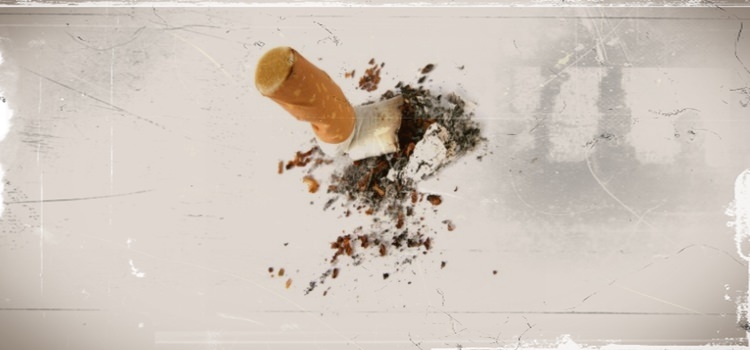
By Jacqueline Detwiler
Originally published in The Fix
Many factors determine whether you’ll become addicted to a drug: your genetic makeup, social history, the drugs your friends take, how much money you make. But the chemical makeup of drugs guarantee that certain drugs are more addictive than others. The hardest ones to kick – heroin, for instance – actually train your brain to crave them. A team of researchers led by professor David Nutt of London’s Imperial College recently set out to determine which drugs were most harmful based on their addictive properties. Dutch scientists replicated the London study and devised a “dependency rating” that measured addictive potency of the biggest drugs out there on a precisely calibrated scale of 0-to-3. (The dependency rating is at the end of each drug.)
1. Heroin
No surprise here: heroin’s addictiveness is the stuff of legend. As an opiate, it affects opioid receptors throughout the body and mimics endorphins, reducing pain and causing pleasure. Areas of the brain involved in reward processing and learning are stocked with tons of these opioid receptors, so when you inject heroin, you are basically training your brain to make you crave it. Pair that with nasty withdrawal symptoms and high fat solubility (which allows it to get into your brain quickly), and you have the most addictive drug in the world. An estimated 281,000 people received treatment for heroin addiction in the US in 2003, and according to the National Institute on Drug Addiction, a full 23 percent of people who have ever used heroin become addicts. (2.89)
2. Crack Cocaine
Although crack cocaine and powder cocaine have similar chemical compositions and effects, smoking processed crack causes a faster, higher rush that lasts for less time (about 10 minutes, versus 15-30 for powder cocaine). The intensity of the high combined with the efficient method of ingestion – smoking – are the big reasons why addiction rates are dramatically higher for crack than they are for snorted powder. In 2010, there were an estimated 500,000 active crack cocaine addicts in the United States. (2.82)
3. Nicotine
Though nicotine doesn’t cause the rush of heroin or crack, it’s biologically similar in a crucial way: it mimics a common neurotransmitter – so well that scientists named one of the acetylcholine receptors after it. Smoking regularly reduces the number and sensitivity of these “nicotinic” receptors, and requires that the user keep ingesting nicotine just to maintain normal brain function. There are a shocking 50,000,000 nicotine addicts in the US, and one in every five deaths nationwide are the result of smoking. (2.82)
4. Methadone
In a clinical setting, tolerance to this drug is actually considered a good thing when treating a heroin addiction. A junky getting treated with methadone will quickly become resistant to its euphoric effects and use it to keep heroin withdrawal symptoms at bay. The problem is this: tolerance to methadone is a sign of an addiction to methadone. (2.68)
5. Crystal Meth
Directly mimicking a natural neurotransmitter “teaches” your brain to want a drug—that’s how nicotine and heroin work. Crystal methamphetamine takes it to the next level: it imitates the reward chemical dopamine and the alertness chemical norepinephrine, causing your neurons to release more of both – all the while training your brain to want them more. What’s worse, the drug can damage dopamine – and norepinephrine-releasing neurons, which leads to a drastic decrease in their production, thereby making you crave more meth. It’s an addict’s nightmare and a marketer’s dream. (2.24)
6. Alcohol
Because alcohol is legal and often consumed in social settings, alcohol addiction is complicated. But as an addictive agent, it’s remarkably simple – and effective. Alcohol’s withdrawal syndrome is so severe that it can cause death, and its effects on the brain’s reward system cause well-documented and intense craving in heavy drinkers. Regardless of the mechanism, 17.9 million Americans (7% of the US population) were classified as being addicted to or abusing alcohol in 2010. (2.13)
7. Cocaine
Cocaine prevents the reabsorption of dopamine in the brain’s reward areas. After you use enough blow, your brain reduces the number of dopamine receptors in this region, figuring it’s already got plenty of it. You can see where this is going. Because there are now fewer receptors, stopping the drug makes you crave it – after all, the body needs its dopamine. Cocaine doesn’t destroy dopamine neurons like methamphetamine, which makes its effect less powerfully addictive, but the fast method of use (snorting), short high (less than an hour) and rapid tolerance put it in the top ten. (2.13)
8. Amphetamines
Adderall users beware: Regular amphetamine (classified as pure or blended dextroamphetamine without methamphetamine, and including Adderall, Dexedrine, and Desoxyn) might not be quite as addictive as meth, but because it acts on the same reward circuit, it still causes rapid tolerance and desire for more if used regularly or in high doses. Quitting cold turkey can cause severe depression and anxiety, as well as extreme fatigue – and you can guess what extreme fatigue makes you crave… (1.95)
9. Benzodiazepines
There’s a reason your doctor will tell you to taper off these prescription anti-anxiety drugs (Valium, Xanax, Klonopin, et al) after taking them for awhile. Each one increases the effectiveness of a brain chemical called GABA, which reduces the excitability of many other neurons and decreases anxiety. Because benzodiazepines cause rapid tolerance, quitting cold turkey causes a multi-symptom withdrawal that includes irritability, anxiety and panic attacks—enough to make just about anybody fall right back into benzo’s comforting arms. (1.89)
10. GHB
Last on the list is a depressant and club drug that may itself be a neurotransmitter. It has cross-tolerance with alcohol—if you drink regularly, you’ll need to ingest more GHB to get high—as well as a short half life in the body and a brutal withdrawal syndrome that causes insomnia, anxiety, dizziness and vomiting. The combination is nasty: Take a lot of GHB to make up for your tolerance to alcohol and you could be hooked. (1.71)
Former neuroscientist Jacqueline Detwiler edits a travel magazine by day, but moonlights as a science writer. Her work has appeared in Wired, Men’s Health, Fitness and Forbes. She has written about many topics including A History of the World’s Most Popular Drugs for The Fix.


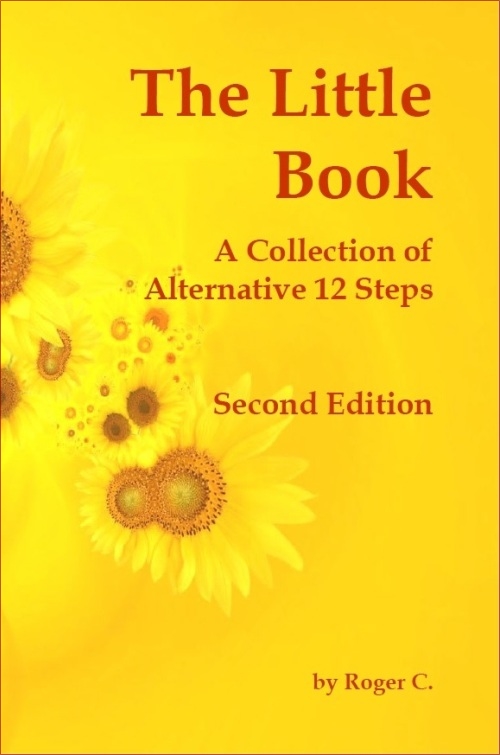

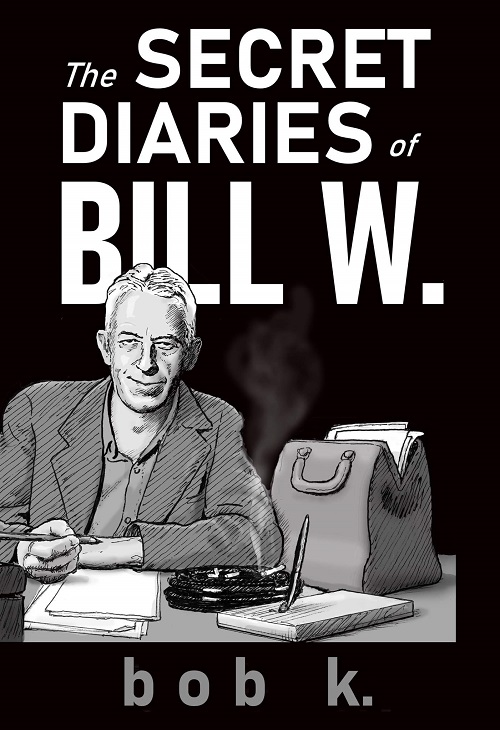



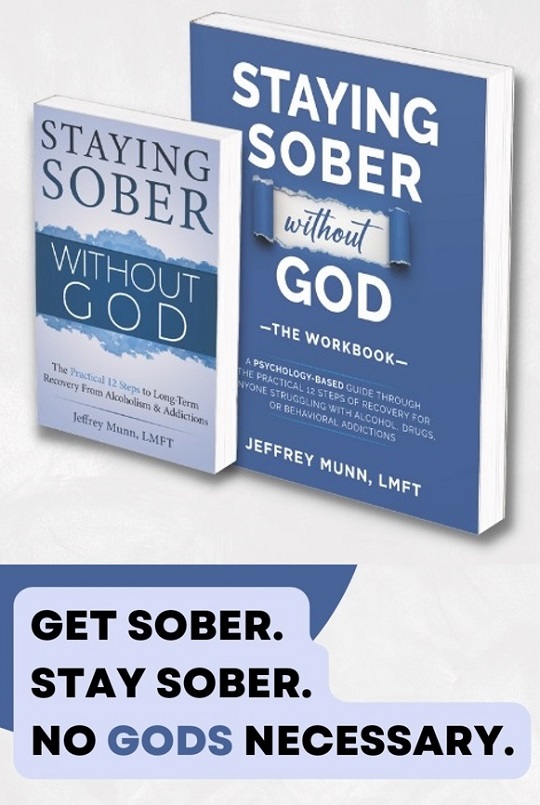
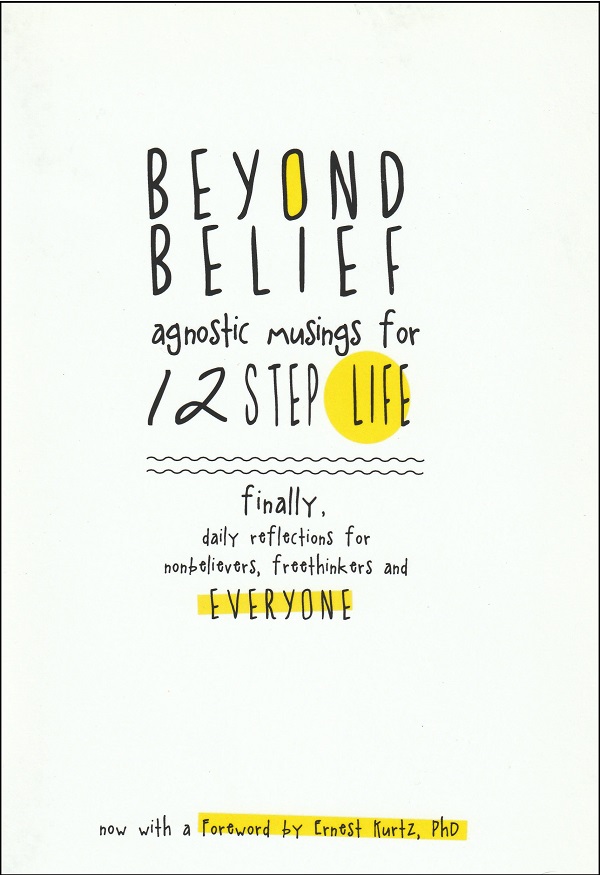

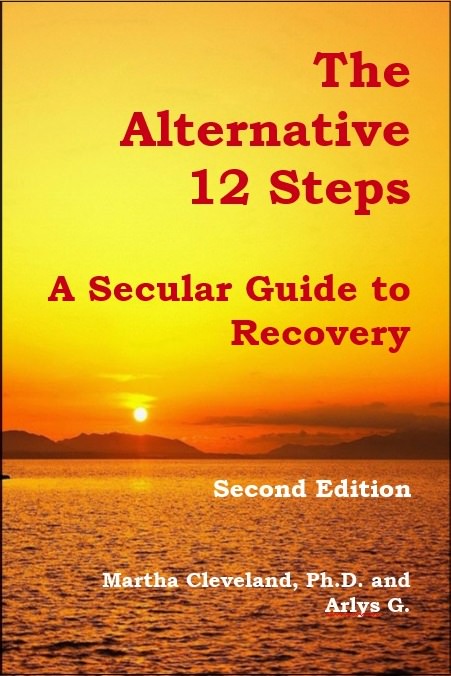
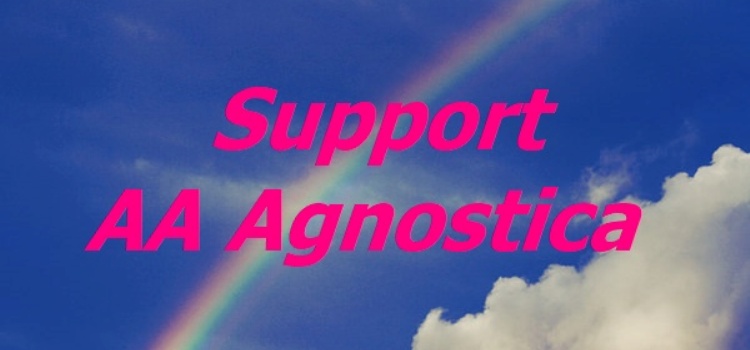



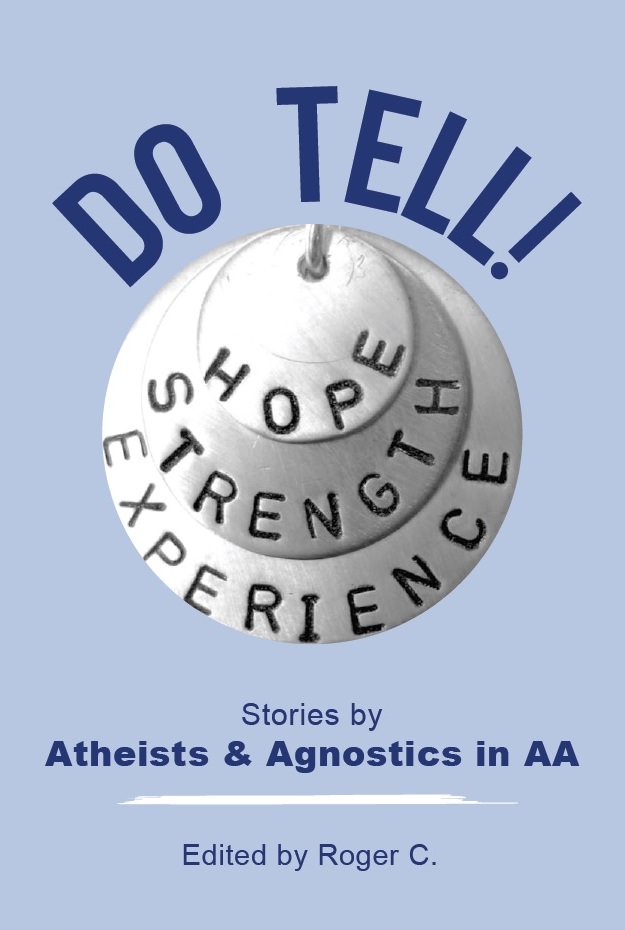
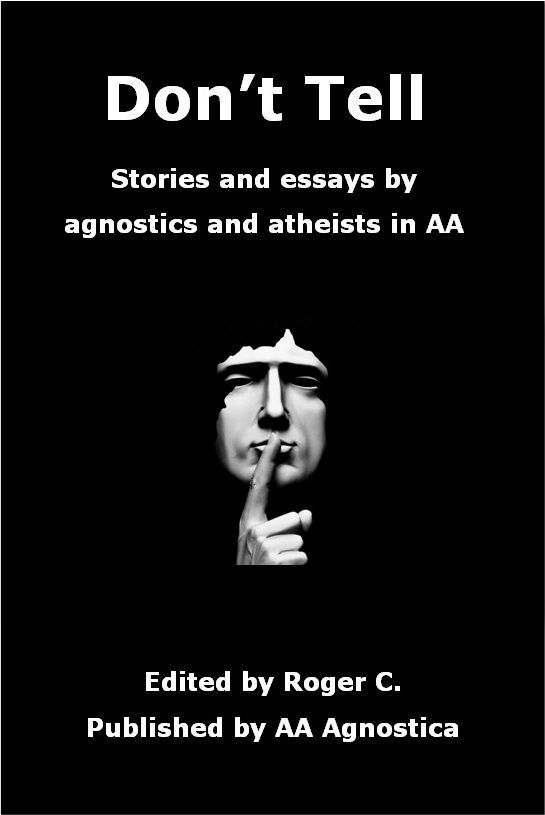






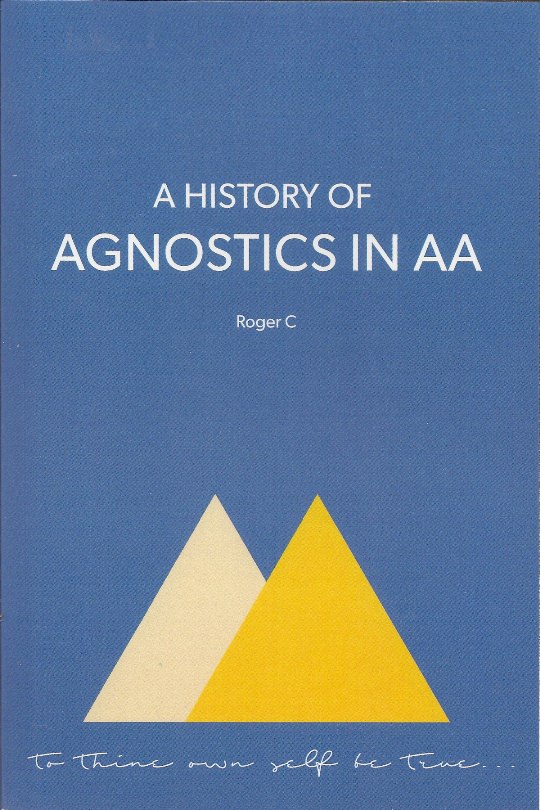
I was quite fortunate during my youth only, using alcohol to which I became deeply addicted, marijuana, and Thai-sticks, opium laced marijuana joints when I was in Vietnam, an ounce or so that I inadvertently shipped home in my hold baggage.
The most addictive substance by far that I’ve used was nicotine. Even today some 30 years after my last cigarette, occasionally when under stress, out of ingrained habit I’ll reach for a pack of cigarettes. My experience with quitting smoking involved a five-year period in which I would quit, start again and quit yet one more time, only to shortly relapse again. I finally quit for almost eight years — after another year-long smoking relapse — by becoming addicted to the runner’s high in the 1970s, when I ran several New York City marathons . After almost eight years cigarette-free, I picked up cigarettes again in 1984, smoking for two years again, before terribly sick with the flu I again stopped smoking during Thanksgiving weekend of 1986.
So far, I’ve yet to smoke again, but for most of that time until I had extensive dental work I substituted chewing on cinnamon sticks, which I used as cigarette-surrogates, to sooth my cravings for nicotine. With cinnamon sticks I could mimic many of the behaviors I used when smoking.
At the last two PRAASAs I’ve attended, one of the most divisive topics is AA’s group conscience concerning our singleness of purpose being for alcoholics and focusing primarily on the liquid, legal drug alcohol. I’d estimate it’s about half and half, those advocating for alcohol only and those more liberally inclined to include discussion of alcoholics addictively using other substances. I find this strange since the co-founders on page 22 of the Big Book persuasively discuss the use of other drugs by some alcoholics including Dr. Bob, who self-prescribed sedatives so he could calm the jitters on days he performed surgery.
One of the ways I sometimes identify myself at meetings is that I have the capacity to become addicted to any substance and/or behavior that I can use self-destructively.
Well, it’s in a different class, it doesn’t kill in nearly as obvious a way, as quickly, or as surely, but it’s missing on the list: Sugar.
Add that this is a commonly accepted substitute drug along with caffeine and nicotine at the meetings where people are trying to quit the other nine (since nicotine IS on the list), and we have a problem.
We don’t die from getting fat, we only die from getting obese, and then it’s not even a sure death any more than that nicotine users often live to be 80 and die of something else, but it’s a problem.
I would like to live a healthy life now that I’m sober. I’m not saying it’s my tendency, only my desire.
My tendency is to devour ALL the cookies at an AA meeting, and the faster I do it the fewer of them I will have to share with the rest of the members.
I have struggled with this throughout my 28 years sober. It has required tremendous effort, and in every case, every case of relapse, it has started at an AA meeting.
Last Saturday I went to the pre-conf assembly, and the lunch served was pasta and salad. The line was 45 minutes long, and lunch was an hour. When I finally got there, I piled my plate as high as I could with salad, since I don’t eat pasta, and I devoured it quickly, but when I went back for more it was gone. I was still hungry, and they brought out the desserts. Though I have been abstinent from sweets since after thanksgiving, I quickly devoured about 10 cookies.
Hey, I can’t blame anyone other than myself for this, right? I know better, right? As does every addict to all those 10 substances above, right?
Yet, I think something is missing here.
So far I haven’t had any “real” sweets since, I’m happy to report, though I do particularly appreciate the raisins in my trail mix, it’s not lost on me that they’re sugar.
All this to point out I think it is a real problem that we have all the sweets at AA meetings. I have gotten booed down every time I have mentioned it at meetings. Everyone wants to cling on to their three remaining drugs.